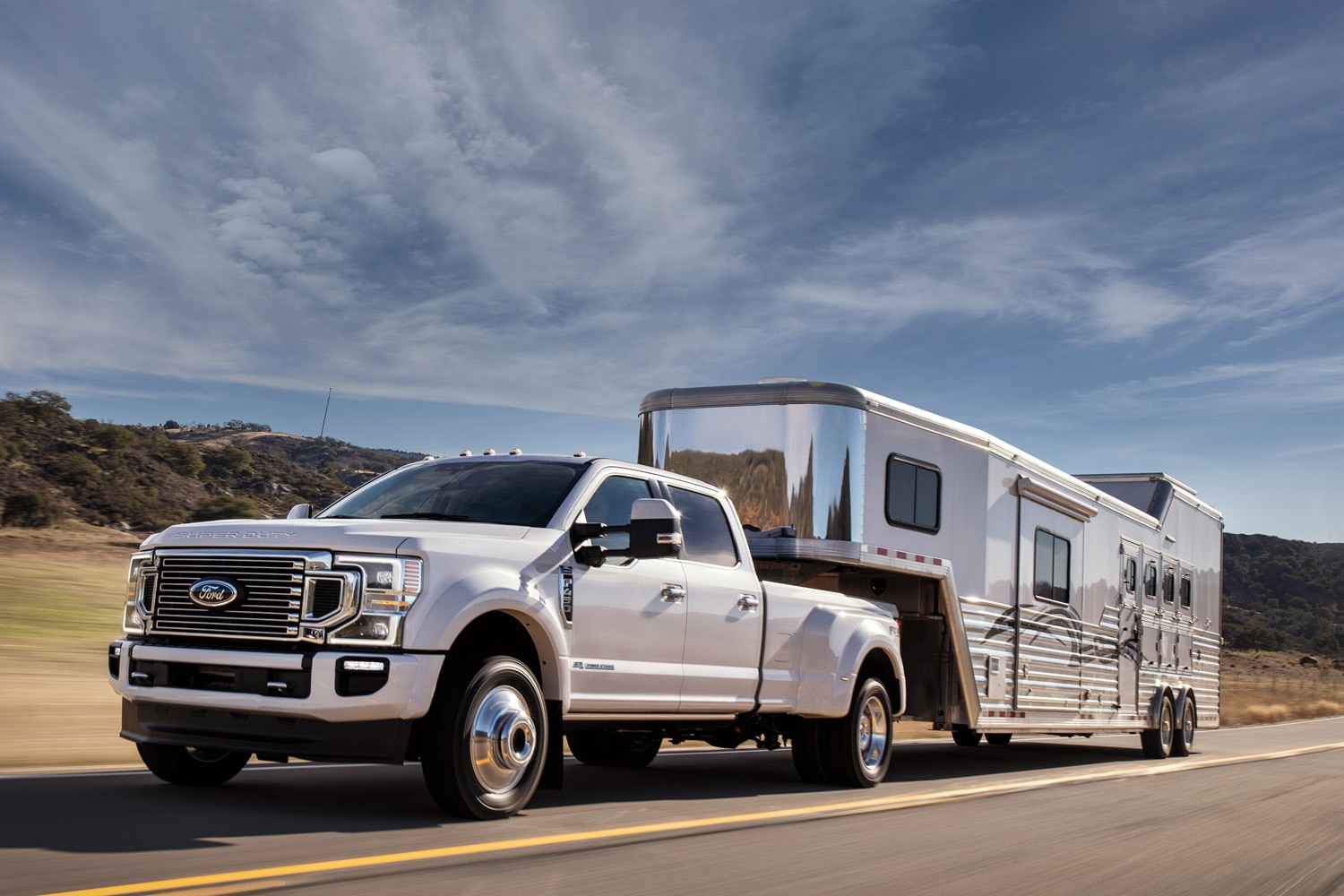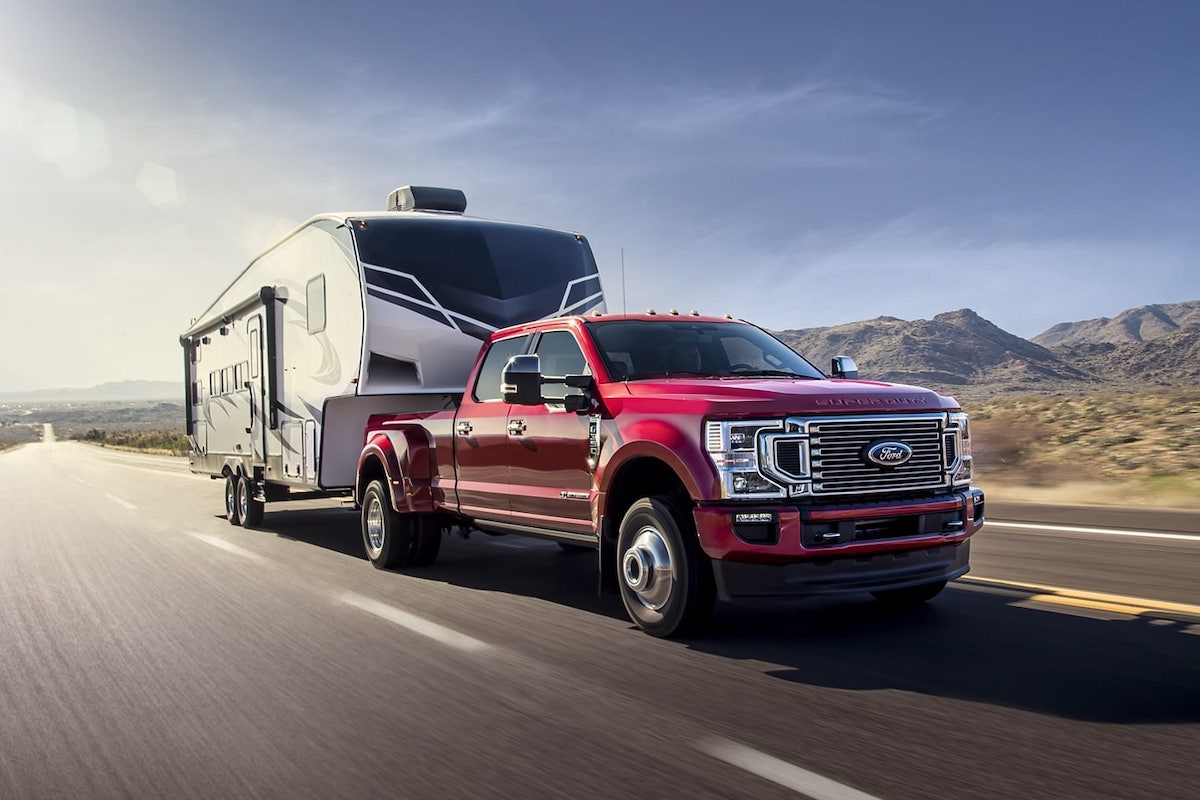Towing a trailer should give you the freedom to explore or get work done, not cause white-knuckle stress every time the wind picks up. Yet for many drivers, trailer sway is a constant concern. Whether you are towing an RV on a family road trip or hauling a utility trailer for work, uncontrolled swaying can turn a routine drive into a dangerous situation.

Here, we will discuss what causes trailer sway, how to prevent it (even in bad weather), and how Andersen Hitches sway control products can keep you and your cargo safe on the road.
Trailer sway occurs when your trailer starts to fishtail or move side to side while being towed. It can be caused by wind gusts, road conditions, uneven weight distribution, or sudden steering. If it is not corrected quickly, trailer sway can lead to jackknifing, loss of control, and accidents.
Some sway might seem minor, but even slight oscillations can become dangerous, especially at highway speeds or in strong crosswinds.
Understanding the root causes of trailer sway helps with prevention. Common triggers include:
One of the most overlooked factors is how you load a trailer to prevent swaying something we will discuss in detail below.
Loading your trailer properly is the first and most important step to prevent trailer sway. Uneven weight distribution is the number one contributor to instability.
If you have ever wondered how to load a trailer to prevent swaying, following these guidelines is your starting point for safer towing.
Even with a perfectly loaded trailer, windy conditions can still introduce sway. Knowing how to react and drive with care can make all the difference.
Equipment matters. If you want a long-term solution to prevent trailer sway, look no further than Andersen Hitches Weight Distribution Hitch with Built-In Sway Control.

Unlike outdated friction-based systems that rely on brute force, Andersen’s technology uses progressive resistance and weight balance to actively dampen sway before it becomes a problem.
Whether you are towing an RV, utility trailer, or boat, Andersen hitches offer unmatched peace of mind.
In addition to proper loading and using Andersen Hitches sway control systems, consider these best practices:
Even with all precautions, trailer sway can sometimes start. Stay calm and follow these steps:
Trailer sway is a serious safety issue, but it’s entirely preventable with the right setup and knowledge. From learning how to load a trailer to prevent swaying, to upgrading your hitch system, every action you take enhances control and confidence.

If you want to prevent trailer sway once and for all, Andersen Hitches sway control systems provide one of the most advanced, user-friendly solutions on the market today. Do not settle for tension bars and outdated tech—tow smarter, safer, and smoother with Andersen.
The combination of proper trailer loading and using a sway control hitch like Andersen’s is the best way to prevent sway from starting in the first place.
Yes! Andersen hitches are designed to keep trailers steady even in challenging wind conditions or when passing large vehicles.
Not at all. Most users report a simple installation process, and it is compatible with a wide range of trailers.
4. Can I use Andersen’s hitch with my RV or travel trailer?
Absolutely. Andersen sway control hitches are perfect for RVs, campers, and utility trailers of all kinds.
Discount Applied Successfully!
Your savings have been added to the cart.